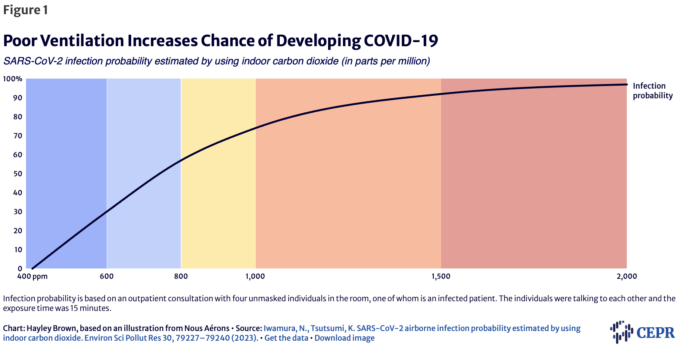Fund Mass Transit, Not Highways

Photo by Sean Benesh
In cities and in rural areas, in red states and blue states, most residents want cleaner and more connected communities. Public transit — including trains, buses, and dial-a-ride services — and accessible walking and bike routes give us healthy, clean, and affordable ways for everyone to get where they need to go.
But for too long, policymakers have sold us the false choice that we must fund highways above all else. They continue to waste billions of our tax dollars on highway expansion projects that pollute our air and increase traffic, instead of funding sidewalks, safe biking routes, and robust public transportation options. This has resulted in a system where most people must drive for every trip to meet their daily needs.
It doesn’t have to be this way. This spring’s Earth Day celebrations gave us the opportunity to step back, imagine our future, and commit to the changes that get us there. And to reduce greenhouse gas emissions and stave off the worst effects of climate change, we must address the elephant in the room: transportation.
The transportation sector is the largest source of U.S. climate pollution — and 80% of transportation emissions come from the cars and trucks on our roads. It’s one of the only major sectors where emissions are still rising.
The good news is that a shift in transportation funding priorities will not only clean our air, it will also improve our lives in nearly every dimension. A new analysis from the Union of Concerned Scientists shows that by funding real transportation choices and reducing the amount we need to drive, we can create healthier, more connected communities while reducing harmful emissions.
If we expanded transportation options and reduced the miles that people need to drive by 30 percent by 2050, that would free up a lot of money in our wallets to spend on the things we need. On average, each household would save more than $3,000 a year from reduced fuel, maintenance, and depreciation costs for their vehicles. If better transportation choices allowed families to go from owning two cars to one, it would save them $12,000 per year!
And it would clean our air by reducing harmful emissions — by up to 3,100 megatons of greenhouse gasses. That’s the same as preventing emissions from almost 8,000 natural gas-fired plants.
The tide is starting to turn. Recently, federal legislation was introduced to provide more operational funds to transit. This would help many transit agencies across the country that are facing fiscal shortfalls invest in more services, run more routes, and increase the frequency of trains and buses. The bill, the “Stronger Communities Through Better Transit Act” introduced by Congressman Hank Johnson (D-GA), already has more than 100 co-sponsors.
And this momentum cannot come fast enough. The reality is the climate crisis isn’t coming — it’s here. We see it around us everyday. From record heat to stronger storms, it impacts everything from our economy to our national security.
And we need to act now.
We need to raise our voices together to demand our leaders fully fund transit, biking, and walking instead of expanding highways. This will connect and improve our neighborhoods, have a positive economic impact, and protect the air we breathe, the water we drink, and the land we call home for generations to come.


